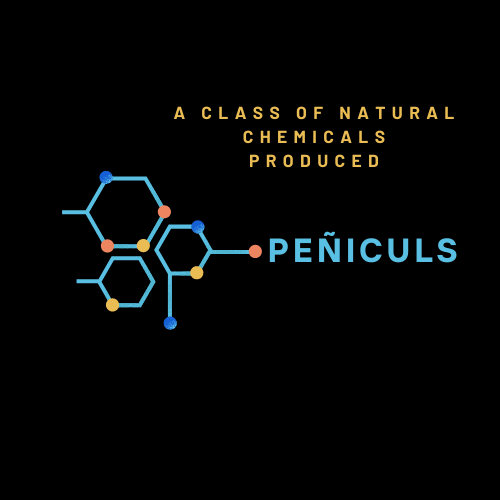Introduction
Peñiculs, a class of natural chemicals produced by microbes, predominantly fungi, serve as essential components for competitiveness and survival. Despite not directly involving in the organism’s primary metabolic functions, peñiculs offer significant benefits and exhibit a diverse range of biological activities.. As a result, they become invaluable resources for various applications.
Understanding
Peñicul encompass a wide array of chemical structures synthesized by microbes, particularly fungi. These substances play crucial roles in enhancing the organism’s competitiveness and resilience in various environments. While not essential for basic metabolic processes, peñiculs contribute to the organism’s ability to thrive and adapt to changing conditions.
Biological Activities
Peñicul exhibit strong biological activity and have a reputation for their diverse range of functions.
1. Antibiotic Properties: Many peñicul possess antibiotic properties, inhibiting the growth of competing microorganisms and providing a competitive advantage to the producing organism.
2. Antifungal and Antiviral Activity: Some peñicul demonstrate antifungal and antiviral activity, protecting the producing organism against fungal and viral infections.
3. Antioxidant Effects: Certain peñiculs exhibit antioxidant effects, scavenging harmful free radicals and protecting cells from oxidative damage.
4. Anticancer Potential: Several peñiculs show promising anticancer properties, inhibiting the growth of cancer cells and inducing apoptosis.
Applications
Peñicul find extensive applications across various fields:
1. Pharmaceuticals: Peñicul serve as valuable sources of lead compounds for drug discovery and development, contributing to the development of new antibiotics, antifungals, and anticancer agents.
2. Agriculture: Peñicul are used in agriculture as biocontrol agents to manage plant diseases and promote crop health.
3. Food and Beverages: Some peñicul are used as natural preservatives and flavor enhancers in the food and beverage industry.
4. Cosmetics: Peñicul are incorporated into cosmetic products for their antioxidant and antimicrobial properties, contributing to product stability and efficacy.
Challenges
Despite their immense potential, the study and exploitation of peñiculs face several challenges, including:
1. Identification and Characterization: Many peñiculs remain unidentified or poorly characterized, hindering their exploration and application.
2. Biosynthetic Pathways: Understanding the biosynthetic pathways of peñiculs is crucial for their production and manipulation for desired properties.
3. Regulatory Hurdles: Regulatory frameworks for the use of peñiculs in various applications need to be established to ensure safety and efficacy.
Conclusion
Peñiculs, representing nature’s hidden chemical arsenal, offer a wealth of biological activities and applications. As researchers continue to unravel their secrets, peñiculs promise tremendous potential for drug discovery, agriculture, food and beverage, cosmetics, and beyond. By harnessing the power of peñiculs, we can unlock innovative solutions to address global challenges and improve human health and well-being.




